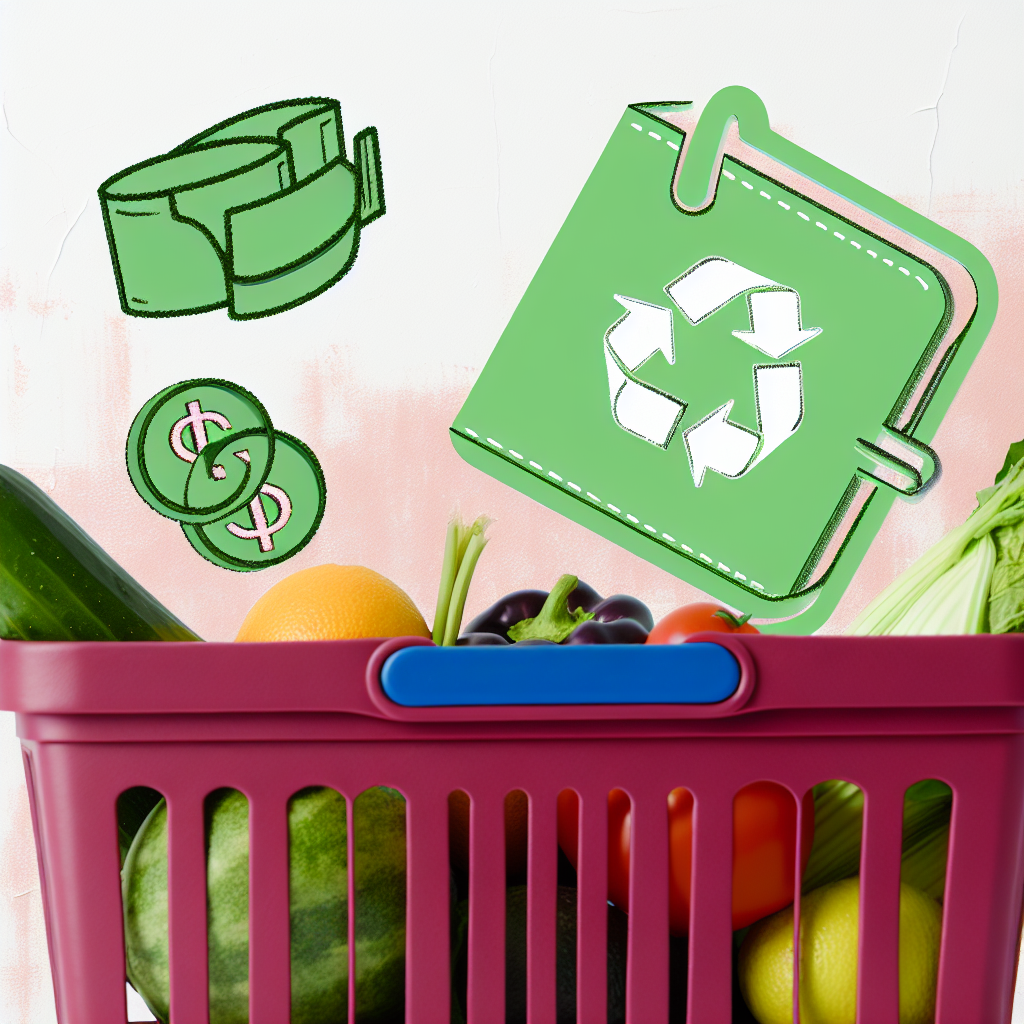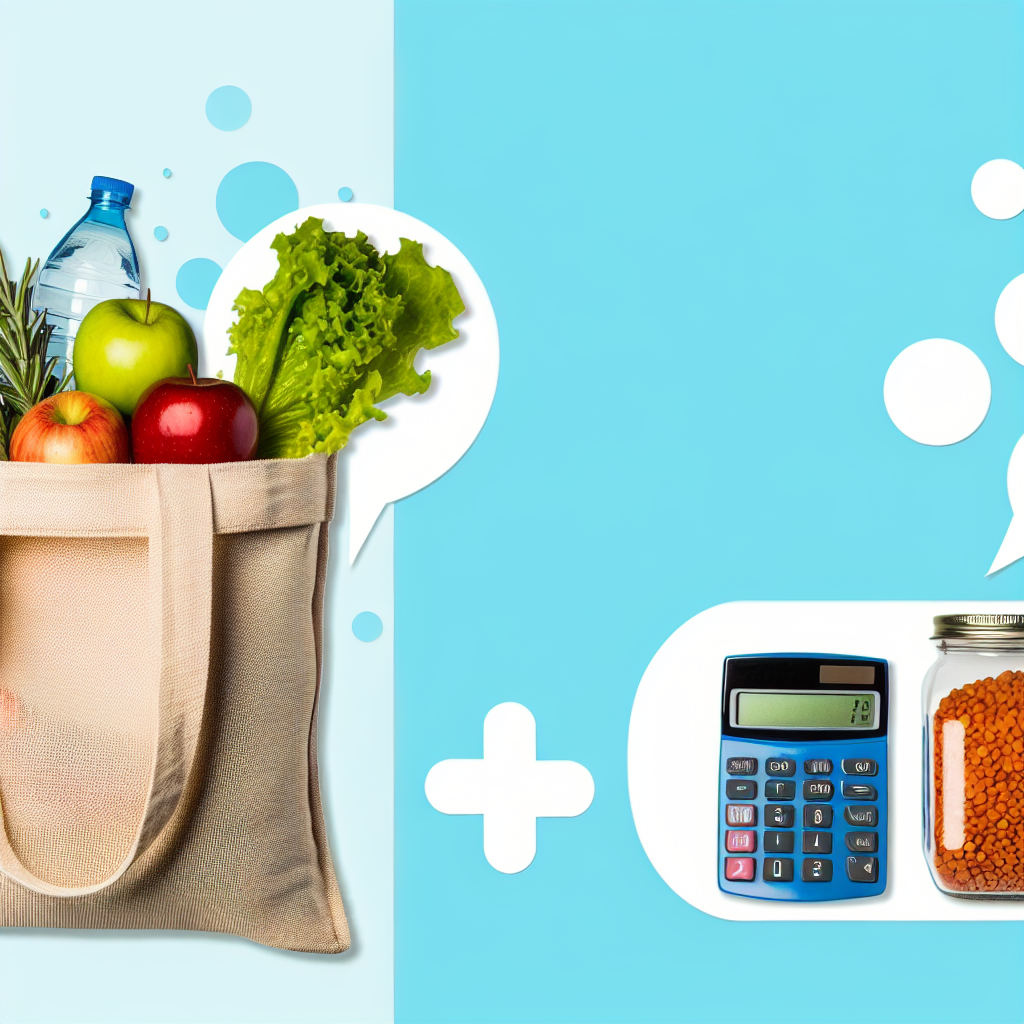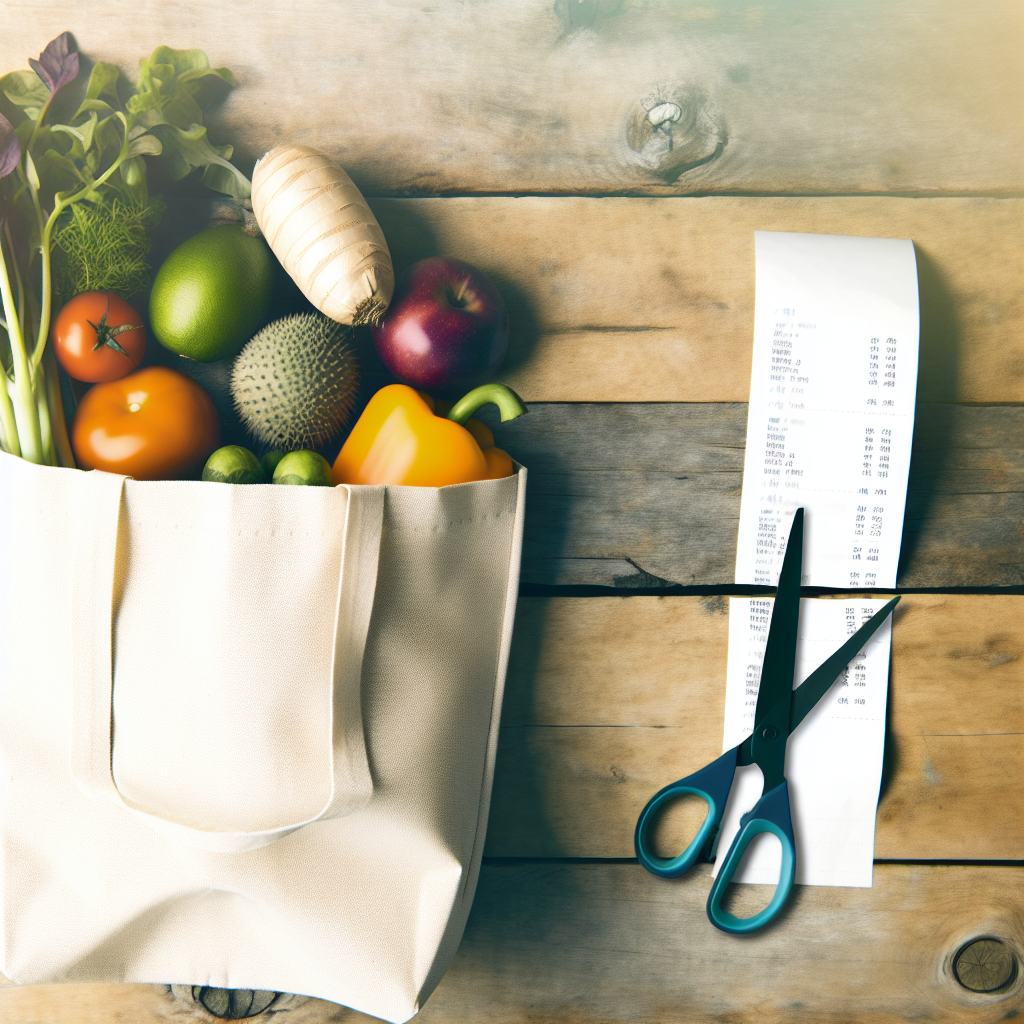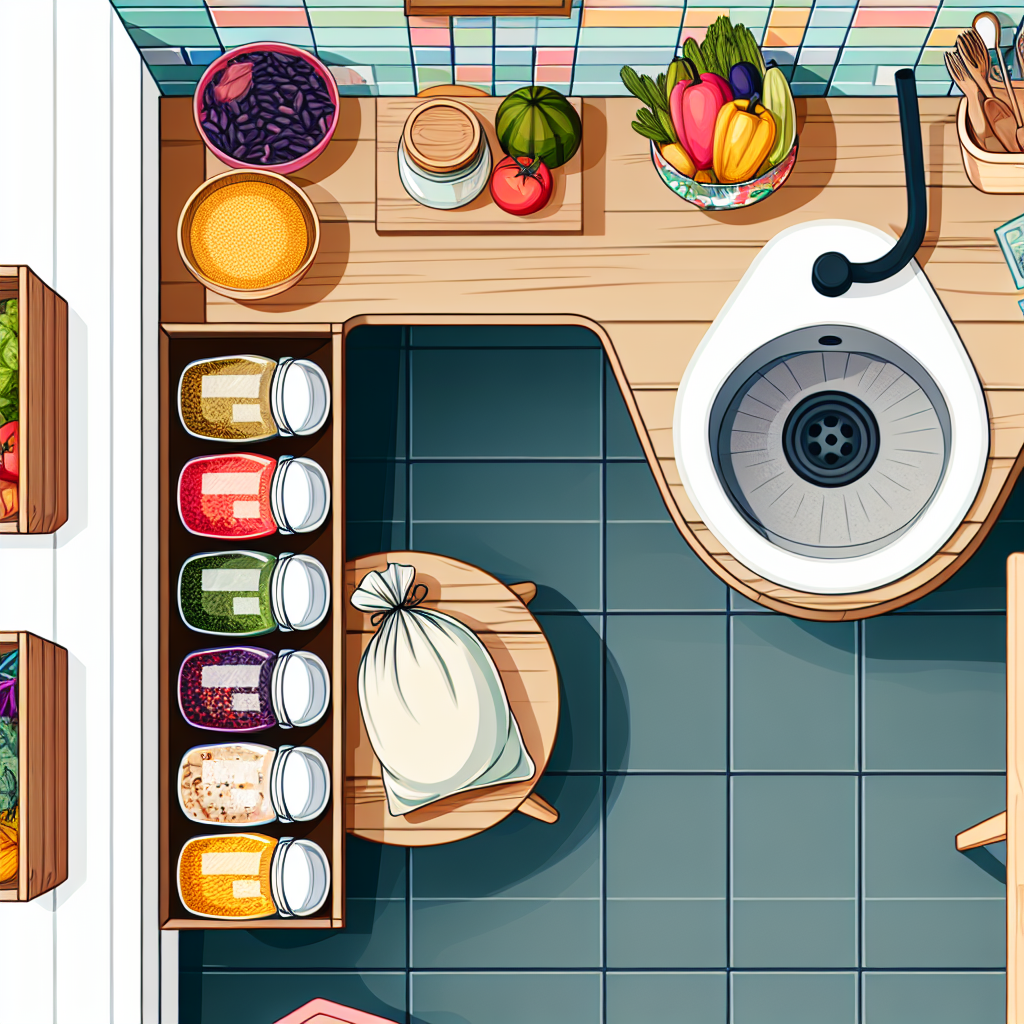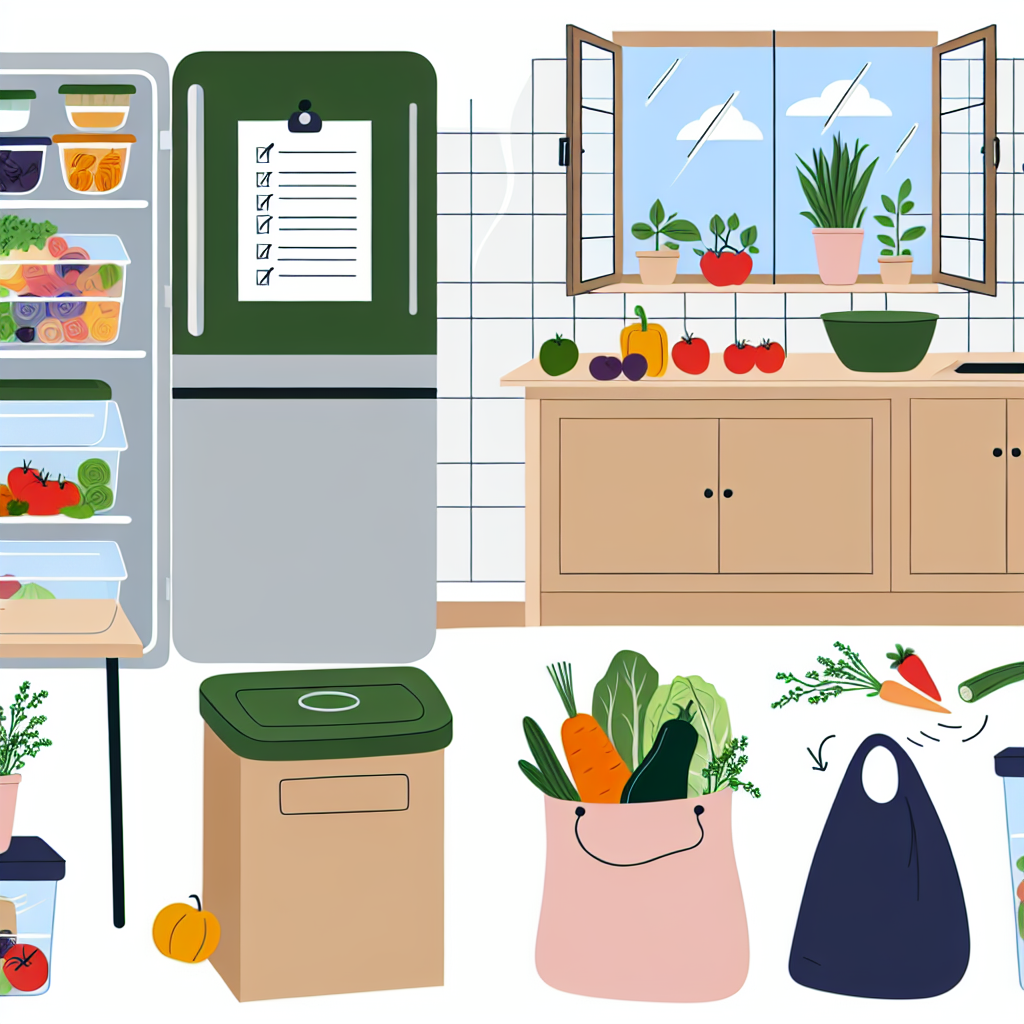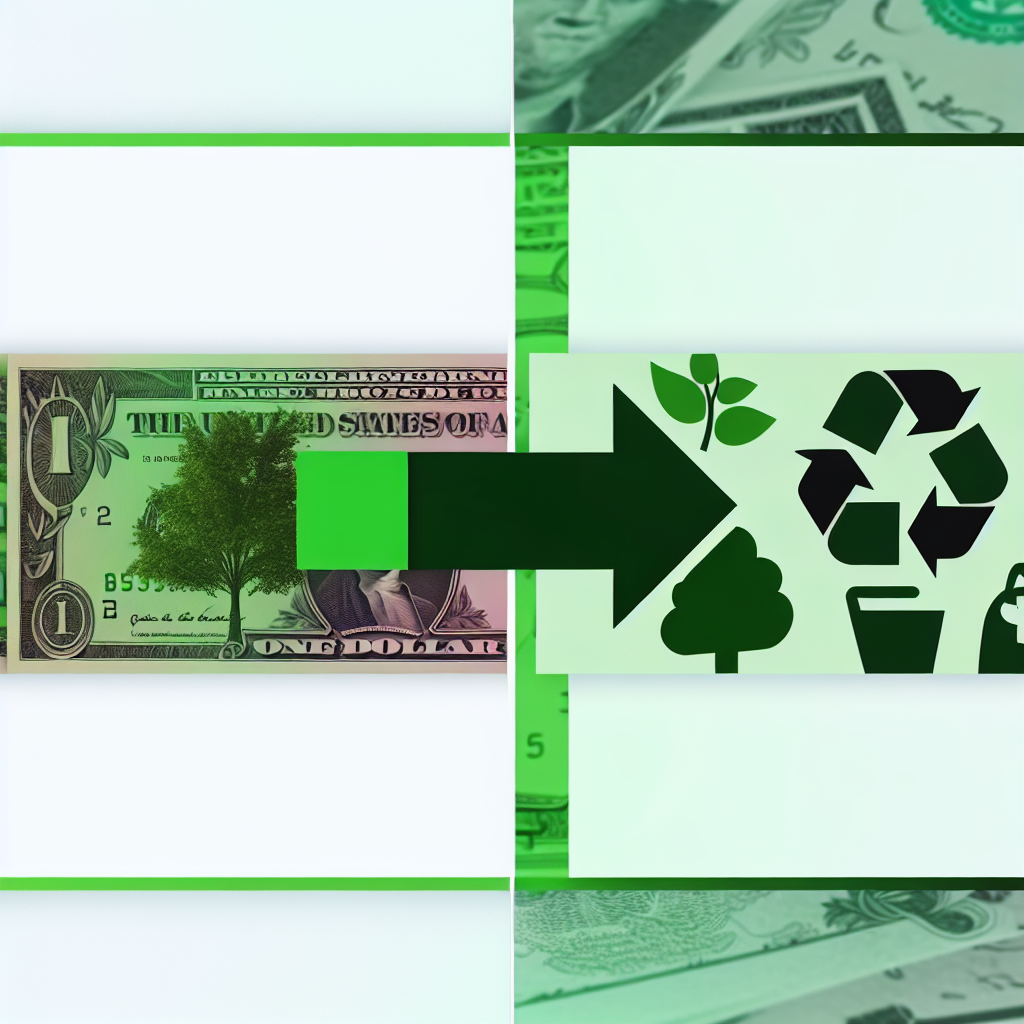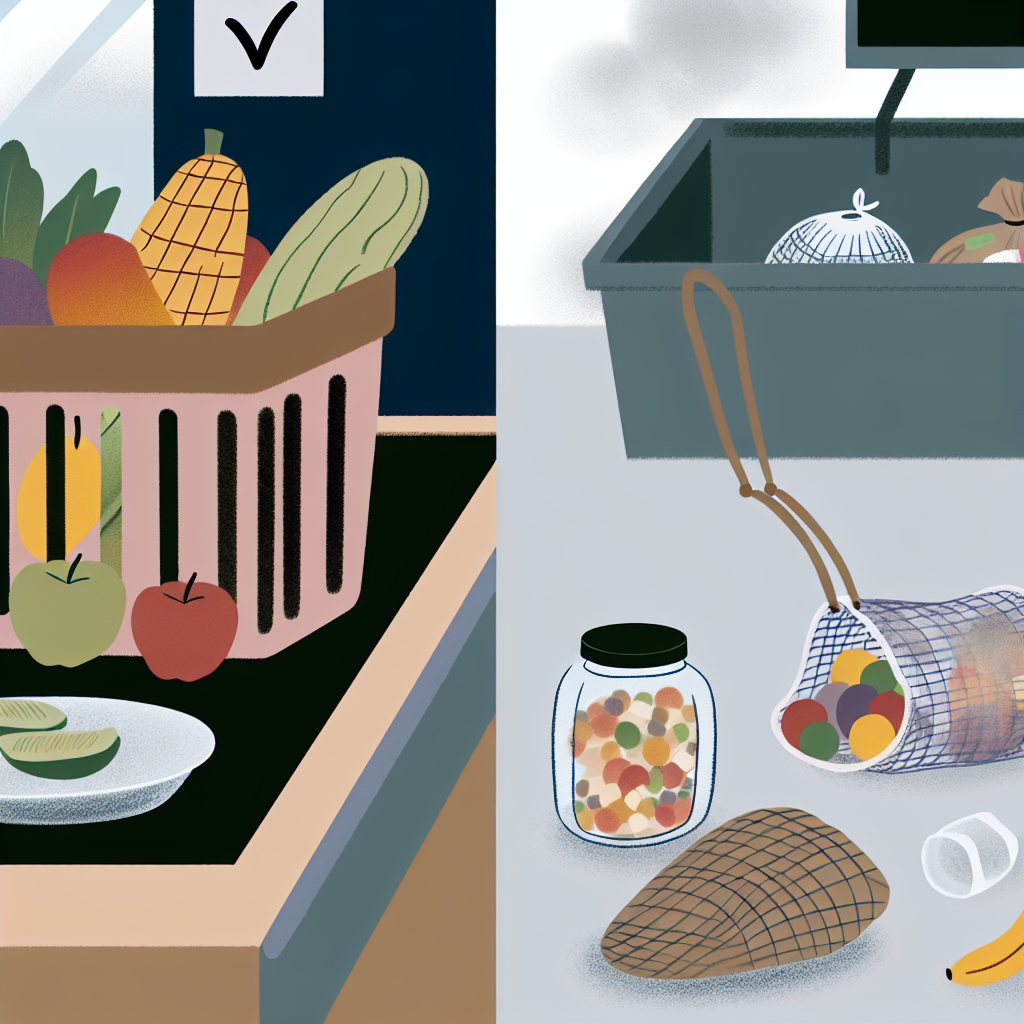10 Easy Ways to Cut Your Grocery Bill and Help the Planet
Introduction
Hey there, smart shoppers! At Frugal Zeitgeist, we know we’re all trying to balance saving money and helping our planet. It’s like juggling flaming tangerines—exciting, a bit tricky, but definitely worth it. Today, we’re jumping into that grocery list to share eco-friendly tips and tricks that won’t just save you money but also help you feel like a hero for the Earth. Ready? Let’s get started!
Check Your Shopping Habits
Before you fix a problem, you need to see where it starts. Take a moment to think about your shopping habits. Do you often get caught by Buy-One-Get-One-Free deals, only to see half of it end up in the trash later? Understanding where your money goes and how your choices impact the planet is the first step in helping both your wallet and the Earth.
Plan Before You Shop
Create a Weekly Meal Plan
Planning helps prevent food waste. With a weekly meal plan, you can make sure each ingredient is used well. Using seasonal and local produce can save money and also mean fresher and tastier food, with fewer emissions from long-distance travel. Your taste buds will be happy!
Make a Shopping List
Never underestimate the power of a good list. The golden rule? Stick to it! This helps avoid impulse buys that you might regret later. If you prefer digital lists, don’t worry! There are lots of smartphone apps you can use, like Out of Milk or Our Groceries. Your phone can be your new grocery helper.
Shop Smart
Choose Local Produce
Buying local isn’t just about visiting a farmer’s market. It’s a smart way to help the planet! Local produce usually means fewer emissions from transportation and fresher goods. Check out community-supported agriculture programs or local farmers’ markets. Fresh veggies are waiting for you!
Buy in Bulk
Buying in bulk can save money and reduce waste. Whether it’s pasta or cereal, buying in bulk can lower costs. Make sure to store your bulk items in airtight containers to prevent spoilage and keep pesky pests away.
Reduce, Reuse, Recycle
Bring Reusable Bags and Containers
Your mom knew what she was talking about when she reminded you not to forget your bag. Reusable bags and containers not only save you from bag fees but also cut down on plastic waste. Keep some tote bags in your car or handbag to be ready for unexpected shopping trips.
Choose Products with Less Packaging
Be on the lookout for products with less packaging. Choose items that come in recyclable materials. By reducing the amount of plastic in your home, you’re saving money and helping make the planet cleaner.
Be Smart About Meat and Dairy
Cut Down on Meat
Let vegetables be the star of your meals! Eating less meat can reduce your carbon footprint and help you explore new plant-based dishes that are both delicious and affordable. Try meals like chickpea curry or mushroom risotto. You’ll be surprised at how tasty veggies can be!
Buy Dairy in Large Sizes
Buying dairy products in larger sizes often means lower prices and less packaging waste. With some care—like sealing them properly and keeping them cool—you can make them last longer, saving money in the process.
Grow Your Own Food
Start a Home Garden
Have a window? You can start a small home garden! Growing your own herbs or veggies is fun, saves money, and is a great way to show off to your friends and family.
Minimize Food Waste
Use Leftovers Creatively
Leftovers are like hidden treasure in your kitchen. Get creative by making new meals from them! Last night’s dinner could become tomorrow’s breakfast wrap. Storing food properly also keeps it fresh longer.
Composting
Composting is nature’s way of recycling food waste. You don’t need a lot of space; even small composting systems can work on a balcony. It’s a great way to give back to the Earth.
Conclusion
There you have it—lots of ways to save on groceries and be an eco-warrior at the same time. Try these tips little by little, and watch as you become both budget-smart and planet-friendly.
What are your favorite ways to save money on groceries? Share them in the comments—we’d love to hear from you!
Additional Resources
For even more eco-friendly ideas, check out:
- Books like “Waste Not Want Not” by Cinda Chavich.
- Apps like “Too Good To Go,” which helps cut down on food waste.
- Join online communities like “Frugal Living Community” on Reddit for more budget-friendly ideas.
Happy saving, happy planet!

